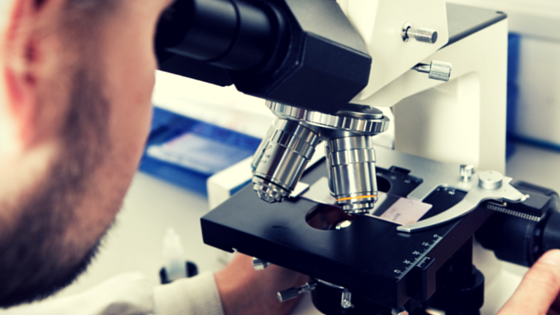

Japanese scientists have made a breakthrough that allowed them to grow hair and skin using reprogrammed stem cells. The tissue produced during the process includes all of the components of normal skin, including sebaceous glands and hair follicles.
The team of researchers from the Tokyo University of Science used Induced Pluripotent Stem Cells (iPSCs) to successfully grow the tissue. The initial tests have been performed using mice.
After growing the skin using the reprogrammed stem cells, they were able to successfully transplant it onto different mice. The tissue performed all of the functions of normal skin and was successfully accepted by recipient mice. The research has been published in the journal Science Advances.
iPS cells are reprogrammed stem cells that are obtained from somatic cells. After reprogramming, they are capable of turning into any other type of cell including skin. Very few cells have the ability to change into any other kind of cell — an ability called pluripotency.
Researchers used a chemical trigger to turn the IPS cells into skin tissue. To ensure that the reprogrammed cells took hold when transplanted, they used a signalling protein and implanted the cells near the subject’s kidneys for some time.
When the skin cells developed, they had all components including muscle fibres, hair follicles and sebaceous glands. A few weeks after transplantation, the mice began to grow their own hair. The transplanted tissue also connected with muscle cells and nerves.
This research is a significant breakthrough for transplantation of functioning organs created with reprogrammed stem cells. The findings will help improve the success of other organ transplants. It opens up the real possibility that doctors will be able to grow replacement organs in a laboratory using a patient’s own stem cells, then transplant those organs successfully.
Source: Japanese Researchers Grow Skin and Hair Using Reprogrammed Stem Cells
{{cta(‘010124f3-c9bc-4a23-b9fc-74953e6288c9’)}}
